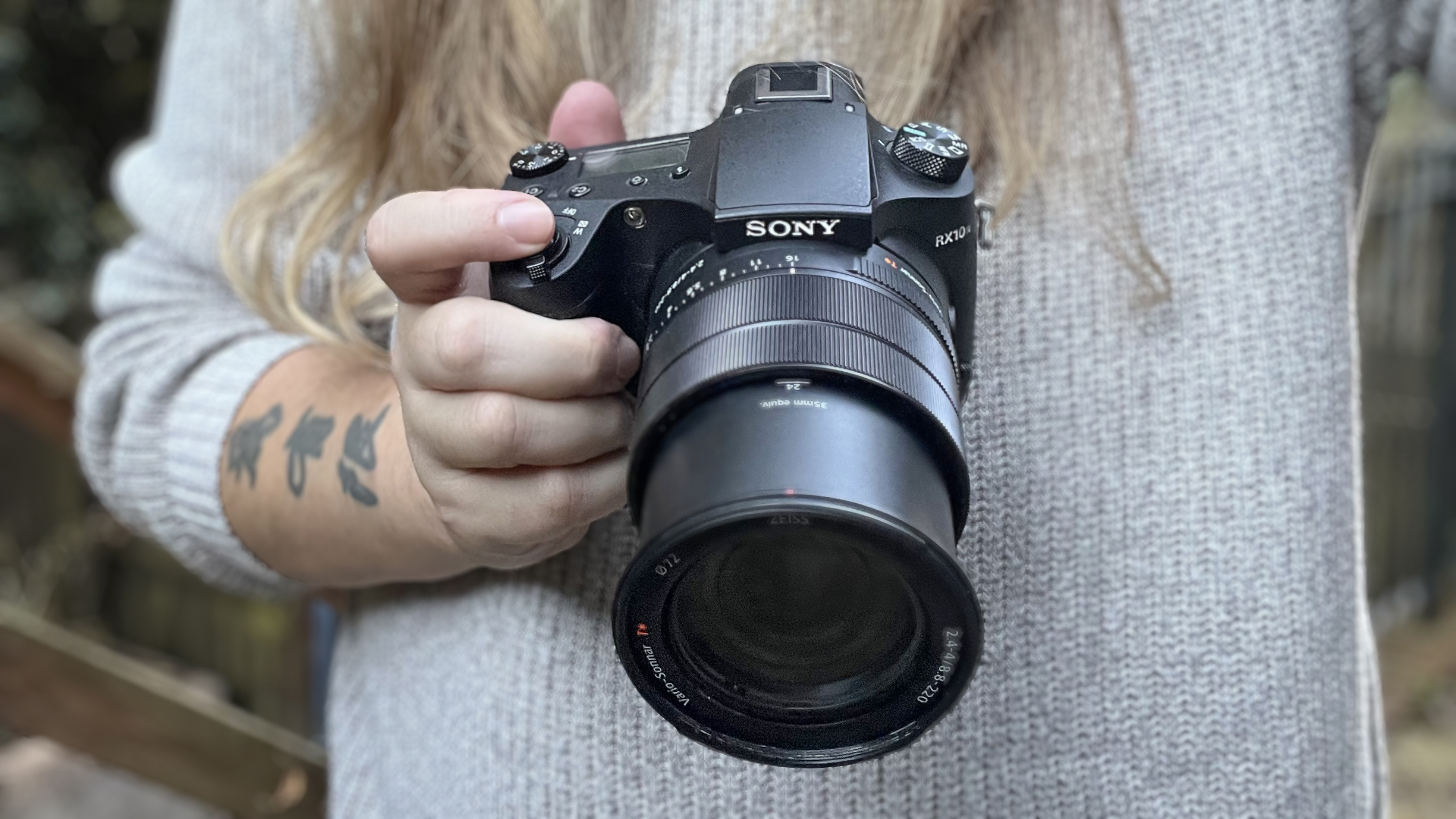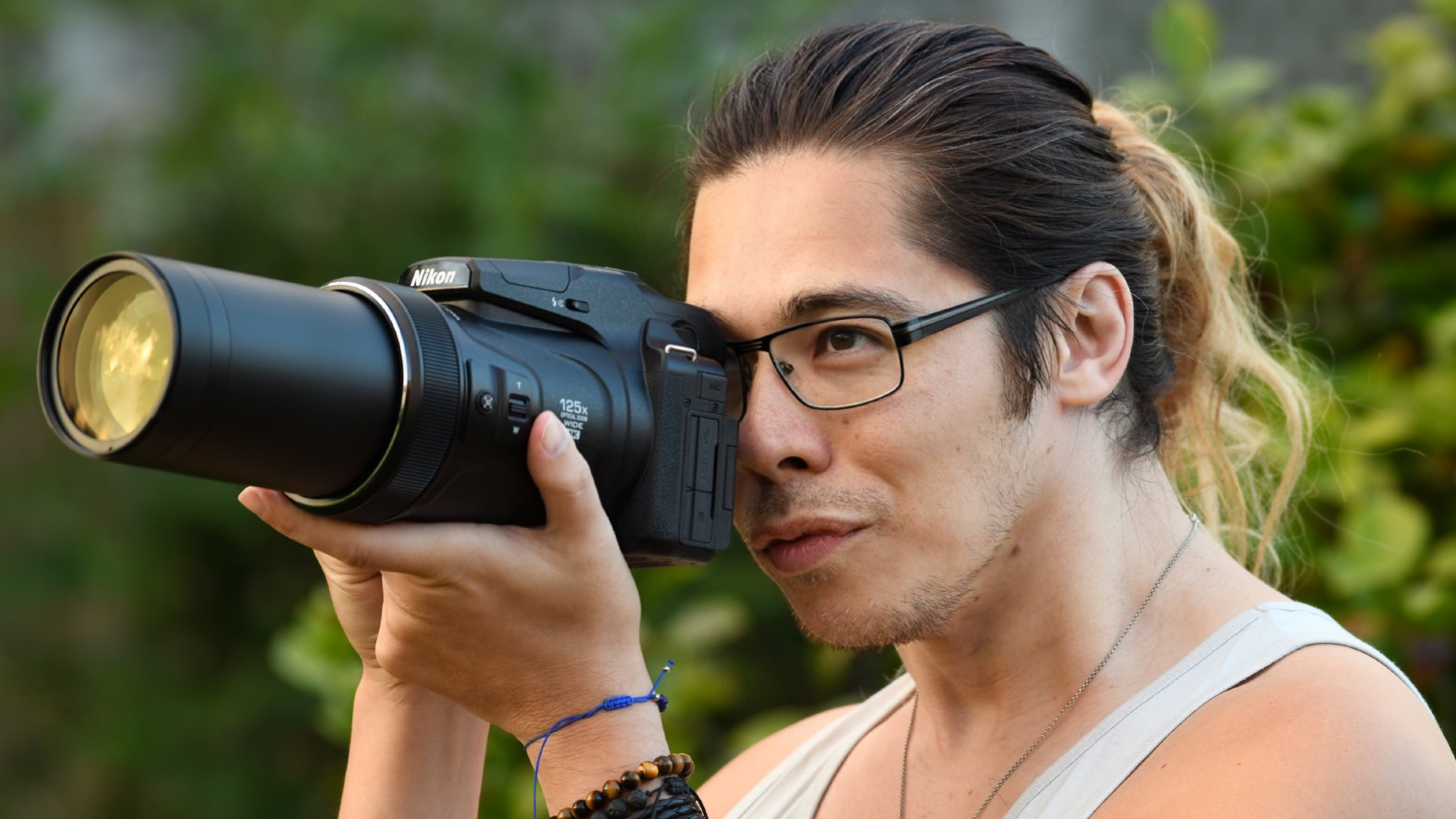
The smartphone camera brought death predictions for the compact camera – and yet the cameras that are hardest to find in stock right now are point-and-shoot cameras. While compact cameras deserve the revival, there’s one more category of fixed lens cameras that I hope to see back in the spotlight: Bridge cameras.
Bridge cameras offer a key feature that even the priciest smartphone cameras can’t offer: Zoom. Sometimes called superzooms, the bridge camera is the point-and-shoot but with a bazooka of a lens on the front, with zoom ranges from 20x to even 125x. Even the best smartphone cameras and camera binoculars pale in comparison compared to the far-reaching powers of a superzoom.
One of the questions I get asked most is what camera to buy – a question that only makes sense for someone who has been reviewing cameras for more than ten years. But I no longer have a great answer prepared for the hobbyist birders that want to photograph wildlife or parents hoping to capture a kids soccer game without the complexity or cost of a mirrorless camera system. Why? Because bridge cameras have largely been ignored the past few years.
Photographers will want to stick with mirrorless, but bridge cameras offer both zoom and simplicity that appeal to non-photographers that just can’t get close enough with a smartphone. Just look at all the influencers raving about the small zooms on compact lenses like the Canon G7 X because they’ve realized how much more flattering a zoom lens is over a wide angle. The lens matters and is one of the reasons compact cameras are trending.
Bridge cameras have seen relatively few releases over the last five years
While there are plenty of super zoom cameras still available, most of them are starting to show their age. The Sony RX10 IV, the current leader on the list of best bridge cameras, launched in 2017. Despite the age, it tops my recommendations because of a larger sensor and a 24-600mm zoom range.

The bridge camera with the most powerful zoom lens, the Nikon P1000, offers an incredible 3,000mm equivalent, 125x zoom lens. I’ve personally used it to take close ups of the craters on the moon, the lens is that good. But again, the P1000 is aging quickly as a 2018 launch. The only bridge camera on our list of the best bridge cameras that has been updated in the last five years is the Kodak Pixpro AZ528, and that’s a limited feature budget pick.
The bridge camera category hasn’t been totally ignored, with the Panasonic FZ80D (called the FZ82D in Europe) launched mid-way through 2024. But the FZ80D uses the same 18MP 1/1.23 inch zoom lens of the predecessor launched in 2017, updating things like ports and 4K video. That lack of new hardware led reviewer Mathew Richards to describe the camera’s images as “lackluster.”
Yes, you could pick up a mirrorless camera and a zoom lens, but even with a cropped Micro Four Thirds sensor, a 150-600mm (300-1,200mm equivalent) will run about $2,000 / £1,597 / AU$3,202, and that doesn’t even include the cost of an actual camera body to go with it.
While a MFT camera and zoom is a great option for serious budding wildlife photographers, those browsing for a bridge camera are typically birding enthusiasts, not photography enthusiasts, that essentially want binoculars that take pictures to share on social media or record those rare sightings.
Age means many bridge cameras miss out on key features

One of the key features for novice bridging photographers launched in recent years is animal eye autofocus. This feature automatically finds the animal and focuses on their eyes, saving time and serving as a big help for those new to wildlife photography. But Animal Eye AF didn’t start to trickle out until 2019 and 2020. That means many of the cameras that are the most affordable wildlife options for beginners don’t have some of the best features for learning to photograph animals. (The Sony RX10 IV, which launched in 2017, did later get animal eye AF through a software update).
I would love to see a bridge camera with a solid zoom range, 20MP or higher sensor, and animal eye detection. Are hobbyist birders too niche to support such a launch? Perhaps. But I know one of the running jokes among Millennials like myself is that we’ve picked up the hobbies typically enjoyed by older generations far earlier, like gardening and birding.
I love that the compact camera is making a comeback – but I think bridge cameras deserve to return right alongside the pocketable point-and-shoot.
You may also like
Browse our top picks for the best compact cameras or the best mirrorless cameras.







